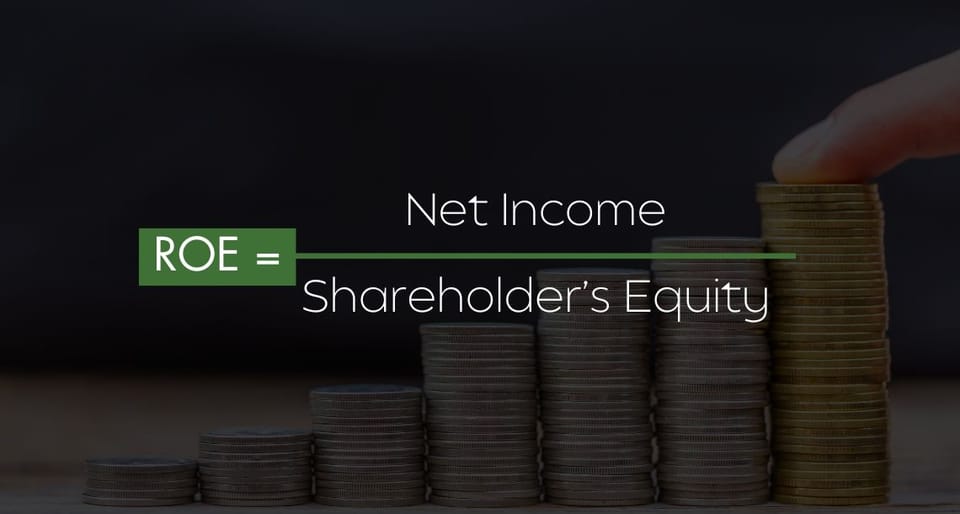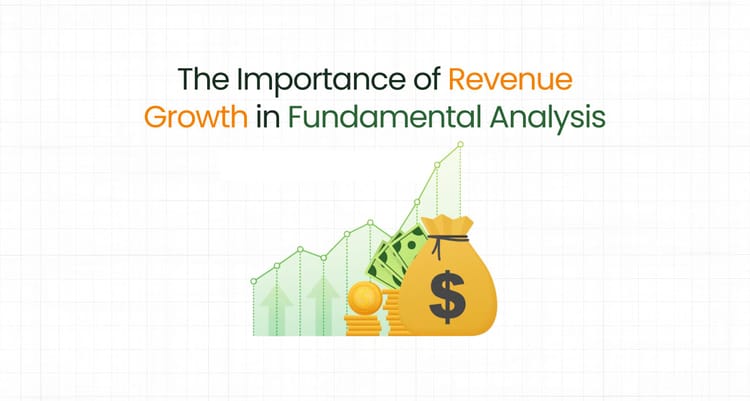Return on Equity (ROE): Assessing a Company’s Profitability

Return on Equity (ROE) is a critical financial ratio that measures a company's ability to generate profits from its shareholders' equity. Essentially, it tells investors how effectively their capital is being employed. In this blog, we'll explore the significance of ROE, how it is calculated, and its limitations.
Understanding Return on Equity (ROE)
ROE is calculated by dividing net income by shareholder equity. The formula is:
ROE = Net Income / Shareholder’s Equity
This ratio is expressed as a percentage and provides insights into the efficiency with which a company uses equity to generate profits.
Why ROE Matters
- Profitability Indicator: ROE helps investors gauge the profitability of a company relative to the amount of equity invested by shareholders. A higher ROE indicates that a company is using its funds more effectively to generate earnings.
- Performance Benchmarking: It allows investors to compare the financial performance of companies in the same industry, providing insights into which companies are leading in terms of profitability.
- Growth Potential: High ROE values are often associated with companies that have sustainable growth models, as they can reinvest their earnings efficiently to generate further returns without needing as much additional equity or debt.
Analyzing ROE
While ROE is a valuable metric, it's essential to analyze it in the context of a company's debt levels. High debt can artificially inflate ROE, so it should be looked at alongside the debt-to-equity ratio.
Limitations of ROE
- Impact of Debt: High levels of debt can boost ROE since equity is lower when debt is higher. However, this might indicate higher risk due to the increased leverage.
- One-Dimensional: ROE does not consider the assets a company holds, which can be crucial in industries where assets are significant, like manufacturing or real estate.
- Influence of Accounting Practices: Different accounting decisions can affect net income and equity, thus impacting ROE.
Return on Equity is a potent tool for assessing a company's profitability and efficiency in using shareholder funds. While it offers valuable insights, it's important to consider its limitations and analyze it alongside other financial metrics. This balanced approach can provide investors with a clearer picture of a company's financial health and its potential as an investment.
FAQs
Q1: What is a good ROE percentage?
A1: A "good" ROE varies by industry, but typically, an ROE of 15-20% is considered favorable. However, the context within the industry and relative to peers is crucial.
Q2: Can ROE be too high?
A2: Yes, an excessively high ROE might be due to high debt levels rather than operational efficiency, or it might indicate that a company is not adequately reinvesting its earnings back into the business.
Q3: How does ROE compare to Return on Assets (ROA)?
A3: While ROE measures profitability relative to equity, ROA measures profitability relative to all assets, providing a more comprehensive view of a company's operational efficiency.
Q4: Should investors rely solely on ROE for investment decisions?
A4: No, ROE should be one of several financial ratios analyzed when assessing a company's financial health. It works best in conjunction with other metrics like ROA, debt-to-equity, and profit margins.
Q5: How often should ROE be evaluated?
A5: Investors should review ROE annually as part of a broader financial analysis, though it can also be useful to look at quarterly trends for signs of significant shifts in performance.






Member discussion